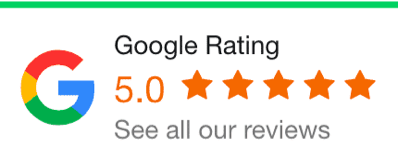Family Clinics support GPs experienced in all aspects of Family, Women’s, Men’s Health. We have on-site Melbourne Pathology, allied health, and specialists professionals operating from our premises as part of their commitment to multidisciplinary healthcare.
We acknowledge the Traditional Owners of the land that we work on and pay respects to their Elders past, present and future.






